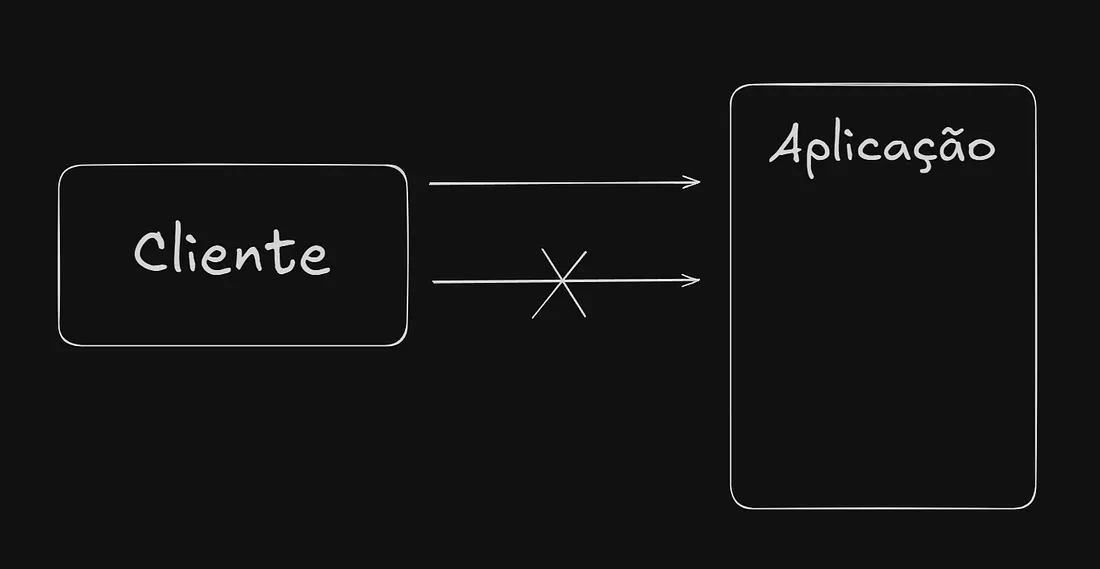Idempotence for systems
Idempotence is a concept used in different areas of computing and mathematics, especially in programming, databases and networks, and refers to operations that can be performed multiple times without changing the result beyond the first application.
What is its importance in the context of development?
In distributed systems or in situations where there is communication between services, failures can occur, such as network outages or service outages.
If an operation is idempotent, you can repeat the operation as many times as necessary without worrying about causing unwanted side effects.
This makes the system more robust and resilient to failures.
In a scenario where a client makes two identical requests to the server, but the second request is duplicated and not accepted, idempotence ensures that this second attempt does not cause any side effects or additional changes to the system state.
To ensure idempotence in this type of scenario, some common techniques are used:
Unique Identifiers
Each operation is identified by a unique key (such as an order ID or token) so that the server can verify that the operation has already been performed.
State Control with Redis or Database
The server can use a database or a cache, such as Redis, to store the state of operations already performed, ensuring that duplicate requests are ignored.
Idempotent HTTP Methods
In RESTful APIs, methods like GET, PUT, DELETE are designed to be idempotent, ensuring that repeated requests do not cause additional side effects.
Thanks for reading
These are some of the main challenges and functions of ensuring an application with idempotent actions. However, it is important to note that the exact nature of the work may vary depending on the scope and complexity of the systems involved.

